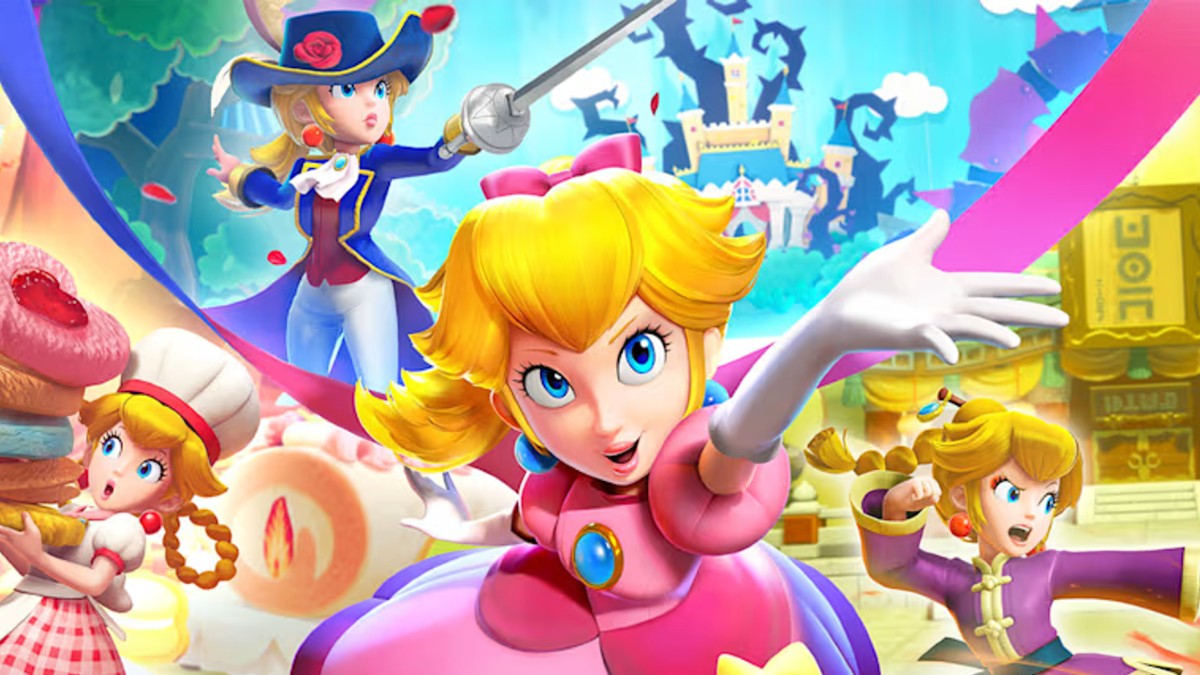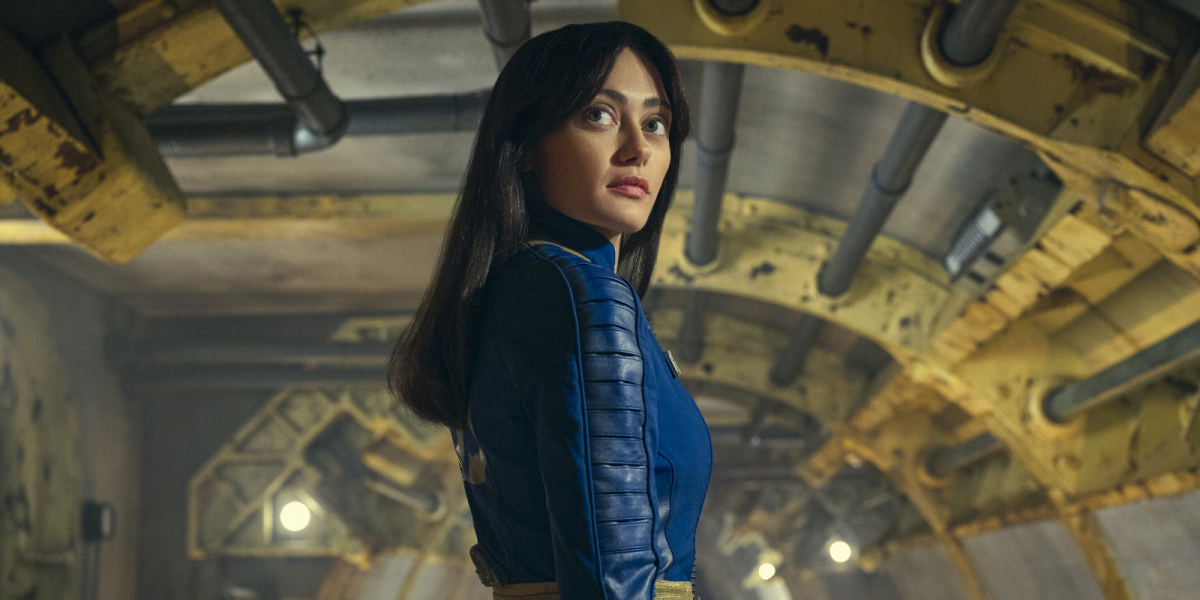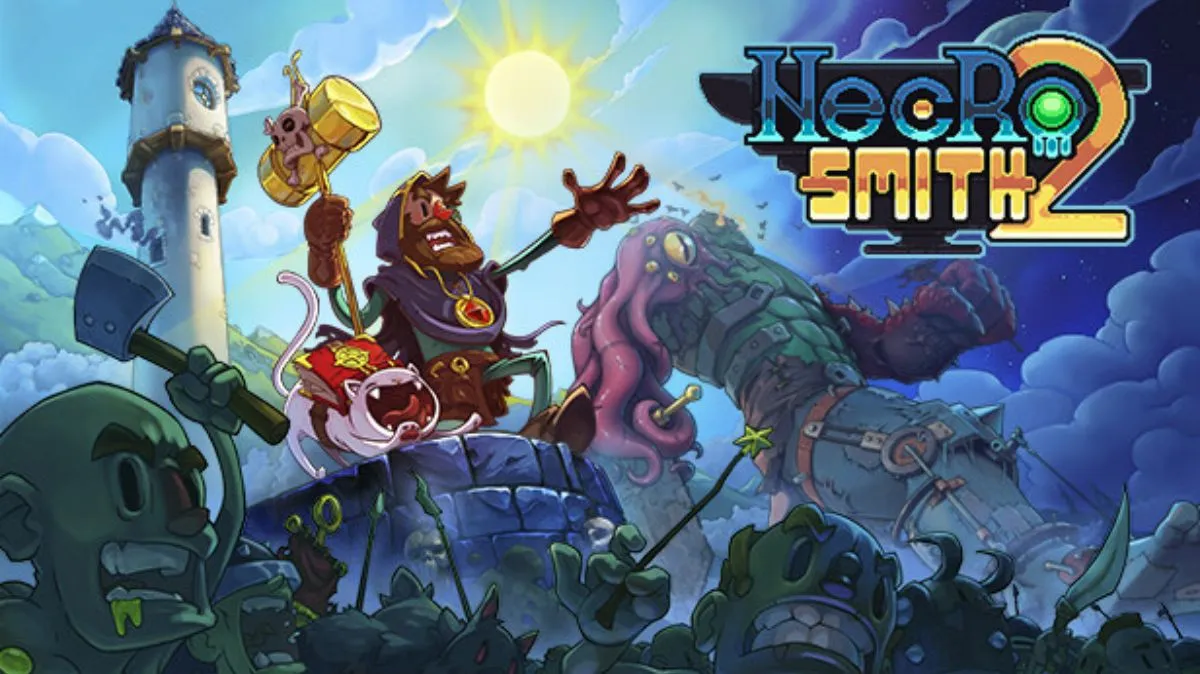Here are a few couple you might want to familiarize yourself before firing up Bayonetta for the first time:
Ultraviolence: A term derived from the 1962 novel A Clockwork Orange denoting unjustified and stylistically excessive violence.
BDSM: A compound acronym referring to the sexual practices of bondage and discipline or, more generally, the gratification of sadistic and/or masochistic impulses.
As a gamer, you’ve no doubt encountered plenty of the former; and as an internet user you’ve probably stumbled into material relating to the latter more than once, intentionally or not. But never, in my extensive experience, have these two practices been synthesized so completely and with as much abandon as they have in Bayonetta. It’s an intriguing feast for the senses that, thankfully, also happens to be a f**king blast to play.
Bayonetta tells the story of a modern-day witch who awakens from a 500-year slumber with no memory of her previous life and takes on the lucrative role of “demonic bounty hunter” – in other words, she kills angels for fun and profit. These aren’t the kind of cherubim that adorn stained-glass windows in 16th-century cathedrals, though: Bayonetta‘s heavenly host is a pretty sinister bunch. Not only do they look like warped, animalistic versions of their usually idealized forms, but they seem to lash out at innocents more often than their demonic enemies. When you’ve finally abused them to their breaking point, they explode in bursts of gore and golden light, leaving behind a cluster of golden halos that would make Sonic the Hedgehog jealous.
As a sort of physical embodiment of sin, Bayonetta is one of the most fascinating anti-heroines to ever be portrayed in a videogame. Plenty has been written about her ludicrously proportioned figure, and the game’s combat animations take every opportunity to linger on all the places where it’s normally considered impolite to look. But after those first initial shocks – note the first time you perform a headstand “Bullet Climax,” for example – you pay less attention to her assets and more attention to the incredibly deep, satisfying and varied weapons at her disposal.
This is combat done right, pure and simple. Just by adjusting your timing and alternating between the “punch” and “kick” buttons, you can pull off what feels like an endless variety of fluid combos, each more spectacular than the last. With your default handguns equipped, you can transition into a ranged attack at any point in a combo simply by keeping the button depressed, then pick up where you left off. Then there are the weapons, which include a katana for more long ranged attacks, a pair of electrified and incendiary claws for close-range combos and a variety of firearms to attach to your extremities. Throw in temporary weapon drops from fallen enemies, a magic meter that lets you perform powered up “wicked” versions of your main attacks and gruesome “torture” finishers that vary depending on what enemy you’re fighting and how you approach him, and you end up with seemingly infinite variety in how each battle plays out.
Even with the feature list already stuffed to bursting, I’ve neglected the most game-changing addition to Bayonetta‘s hack-and-slash combat: “Witch Time.” When you dodge an enemy attack just before it would have landed, you activate a temporary slow-motion effect that makes every target around you a sitting duck – you can move in to set up the perfect combo or simply unleash on the nearest victim. The controls are so responsive that you can dodge at any moment, even within a combo, which rewards players who keep a close eye on their opponents even when they’re busy flying around the screen and lashing out at everything that moves. And when you do avoid what would have been a punishing blow with nary a microsecond to spare, then effect is nothing short of exhilarating.
You’d expect the action to be this stylish and polished with Devil May Cry creator (and hack-and-slash genre pioneer) Hideki Kamiya at the helm. But you might be surprised by the creativity and attention to detail on display in the level design. Many environments in Bayonetta have three distinct versions corresponding to the three planes of existence that you fluctuate between throughout the course of the story. The bulk of the game takes place in Purgatorio, which lets you see the outlines of human bystanders but prevents you from interacting with them. Inferno, on the other hand, is filled with crumbling ruins and torrents of lava, while Paradiso is probably the most visually striking realm with its luminous textures, pastoral scenery and cosmic backdrops.
Just as important as these metaphysical trappings, however, is the way you actually navigate your environment. When the moon peeks out from the behind the clouds, you gain an ability called “Witch Walk” that allows you to run along pretty much any surface. At first, you stuck trotting along the sides of buildings; but later levels take the concept much further by including floating structures that require some serious spatial reasoning to reach. Your path through each level is more or less linear, but these routes are often so serpentine that you never feel like you’re being tugged through the same bland corridor over and over again.
If there’s one area where Bayonetta clearly falls short, however, it’s the storytelling. It’s a little disappointing that for all the other ways in which the game departs from conventions, the plot is typically incomprehensible Japanese schlock. And while Bayonetta herself is incredibly well characterized, the supporting cast read like a list of cliches (the burly brother in arms, the smarmy lady’s man, etc.). Worse, most of the game’s story is relegated to the cut scenes, which are more often tedious than fun to watch. Nonetheless, the world is absorbing enough that your curiosity will probably prevent you from skipping them, and let’s be honest: When the subject matter is this eye catching, you won’t mind sitting back to watch now and then.
Bottom Line: Bayonetta takes the sex and violence that developers have been using to sell games for the last decade and amps them up to their most absurd, hilarious and thrilling conclusion.
Recommendation: Buy it. There hasn’t been a character or a world quite like this in gaming, and with so much to experience and master, there’s enough here to keep you hooked for weeks.
Score: [rating=5]
Jordan Deam played Bayonetta in two-handed mode the whole time, thought he’s totally not judging you if you didn’t. Well, not that much.
This review is based on the Xbox 360 version of the game.



